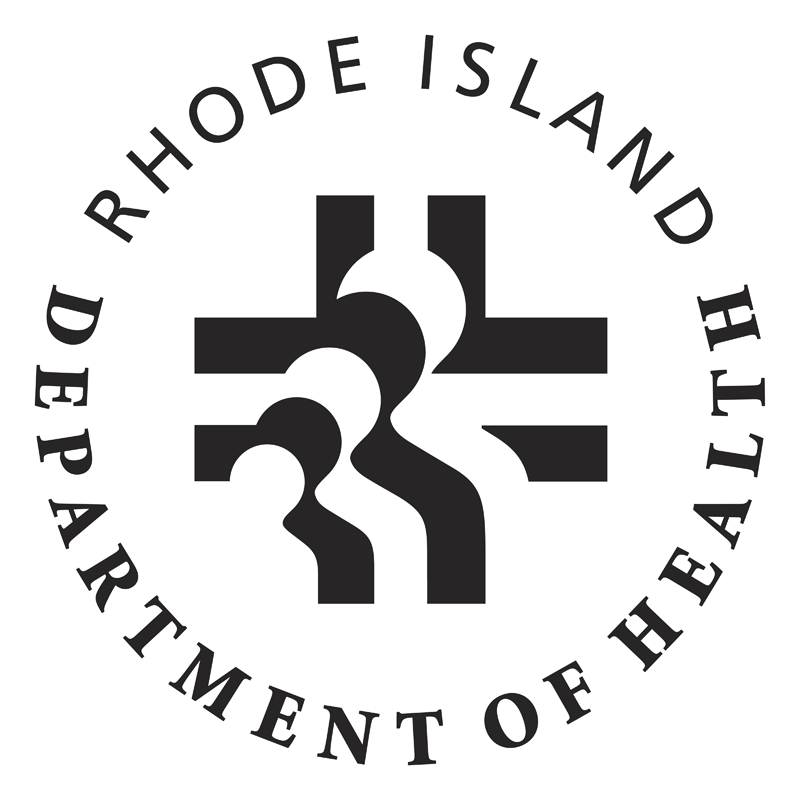Medical Orders for Life-Sustaining Treatment (MOLST)
Medical Orders for Life Sustaining Treatment (MOLST)
are instructions to follow a terminally ill patient's wishes regarding resuscitation, feeding tubes and other life-sustaining medical treatments. The MOLST form can be used to refuse or request treatments and are completely voluntary on the part of patients. These orders can supplement Do Not Resuscitate (DNR) instructions or a COMFORT ONE bracelet. form regulations
Due to COVID-19 social distancing guidance, the MOLST form is now available as a fillable pdf that can be completed and signed online. A healthcare provider should complete the form with the patient via an in-person visit or a telehealth visit. Once the form is completed and signed by the provider, it should be sent to the patient via email or regular mail. The form is active once the patient, or the patient’s legal representative, signs it. The patient should share the completed MOLST form with their family and/or next-of-kin so the patient’s end-of-life wishes can be followed. Download the form in English or Spanish.
What Patients or Their Recognized Healthcare Decision Makers May Do
- Talk to your healthcare provider to discuss your condition, consider treatment options, and decide on your
wishes related to life-sustaining treatments.
- File a copy of the MOLST form with your healthcare provider to make your wishes known. Once this form is filed it must be followed by all of your medical providers and in any Rhode Island healthcare facility where you go for care. The MOLST form may be honored in some other states and is always a good record of your treatment preferences.
- Keeps the MOLST form with you where it is easy to locate (e.g., on the refrigerator, beside the bed, or on the door), and carry it with you or trips outside the home. Make copies and give them to your recognized healthcare decision maker and/or family members.
- Amend or revoke your orders at any time. A new form should be completed and signed whenever there are any changes to any of the orders.
What Healthcare Providers Should Do
A physician, registered nurse practitioner, advanced practice registered nurse or physician assistant who is authorized by the patient is authorized to sign Medical Orders for Life Sustaining Treatment. form
- Treat a patient in accordance with the patient's MOLST form, even if the healthcare provider who signed the MOLST order is not on staff at a facility.
- Ensure a patient's Medical Orders for Life Sustaining Treatment are transferred with the patient if he/she is transferred to another healthcare provider.
- If a new terminally ill patient comes under your care, you should ask about the existence of a MOLST form from the patient and/or the facility that is transferring the patient.
- Review the Medical Orders for Life Sustaining Treatment on admission and ensure that the orders reflect the patient's current wishes.
- If the terminally ill patient does not have Medical Orders for Life Sustaining Treatment, you should offer them the opportunity to complete a form on admission to a nursing home, assisted living facility, home health agency, hospice program, kidney dialysis center, or hospital.
- Document if a terminally ill patient does not file Medical Orders for Life Sustaining Treatment and explain the consequences of making no decision to the patient or their recognized healthcare decision maker. If there are no limitations on care, except as otherwise provided by law, cardiopulmonary resuscitation will be attempted and other treatments will be given. If a choice regarding cardiopulmonary resuscitation (CPR) is not made, cardiopulmonary resuscitation will be attempted using all available treatment options.
- Void the Medical Orders for Life Sustaining Treatment if requested by your patient. To do this draw a diagonal line through the sheet, write "VOID" in large letters across the page, and sign and date below the line. Keep the voided MOLST form in the patient's active or archived medical record, as appropriate.
- Follow the most recent version of the Medical Orders for Life Sustaining Treatment if more than one form is found in the medical records.
 Rhode Island Department of Health
Rhode Island Department of Health